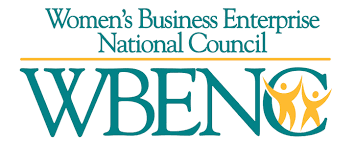
Officer & Drivers Safety (Lesson 9 of 25)
Gloves
Gloves should be made of latex, nitril, rubber, or other water impervious materials. If glove material is thin or flimsy, double gloving can provide an additional layer of protection. Also, if you know you have cuts or sores on your hands, you should cover these with a bandage or similar protection as an additional precaution before donning your gloves. You should always inspect your gloves for tears or punctures before putting them on. If a glove is damaged, don’t use it! When taking contaminated gloves off, do so carefully. Make sure you don’t touch the outside of the gloves with any bare skin, and be sure to dispose of them in a proper container so that no one else will come in contact with them, either. It is important not to cross contaminate by touching yourself or any other person or object once your gloves have come into contact with a potentially hazardous substance.
Goggles
Anytime there is a risk of splashing or vaporization of contaminated fluids, goggles and/or other eye protection should be used to protect your eyes. Again, bloodborne pathogens can be transmitted through the thin membranes of the eyes so it is important to protect them. Splashing could occur while cleaning up a spill, during laboratory procedures, or while providing first aid or medical assistance.
Face Shields
Face shields may be worn in addition to goggles to provide additional face protection. A face shield will protect against splashes to the nose and mouth.
Aprons
Aprons may be worn to protect your clothing and to keep blood or other contaminated fluids from soaking through to your skin.
Normal clothing that becomes contaminated with blood should be removed as soon as possible because fluids can seep through the cloth to come into contact with skin. Contaminated laundry should be handled as little as possible, and it should be placed in an appropriately labeled bag or container until it is decontaminated, disposed of, or laundered.
Remember to use universal precautions and treat all blood or potentially infectious body fluids as if they are contaminated. Avoid contact whenever possible, and whenever it’s not, wear personal protective equipment. If you find yourself in a situation where you have to come in contact with blood or other body fluids and you don’t have any standard personal protective equipment handy, you can improvise. Use a towel, plastic bag, or some other barrier to help avoid direct contact.



